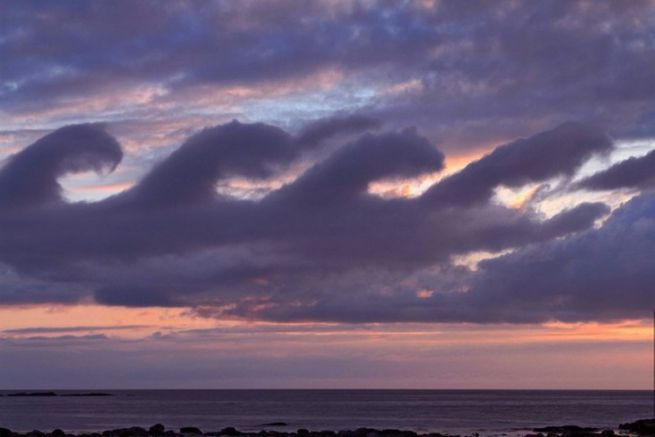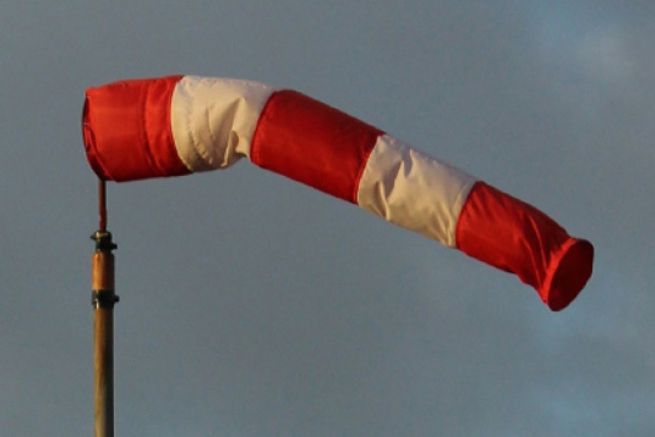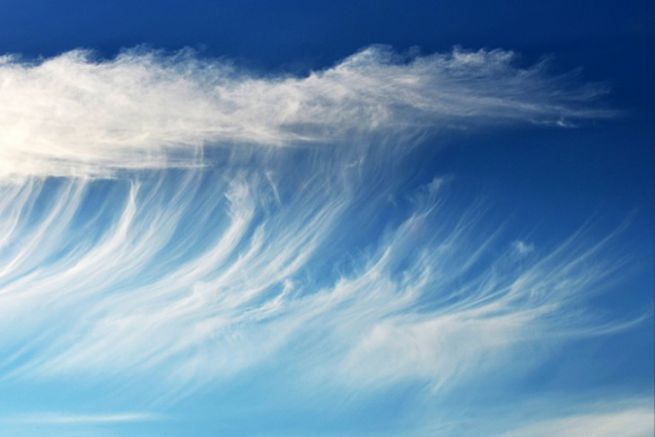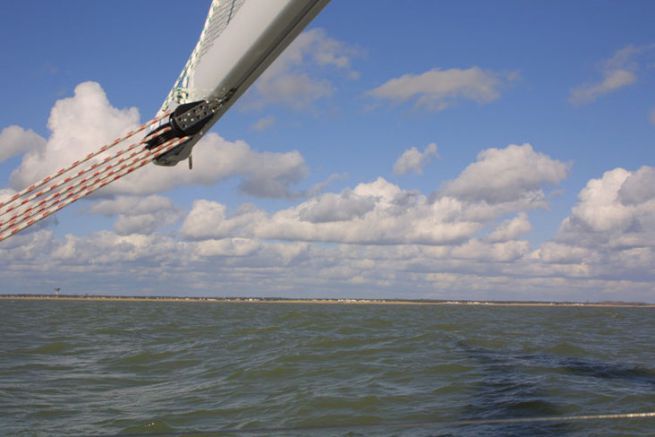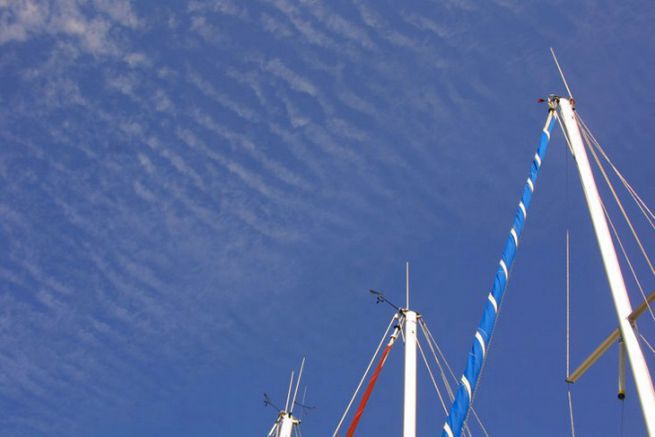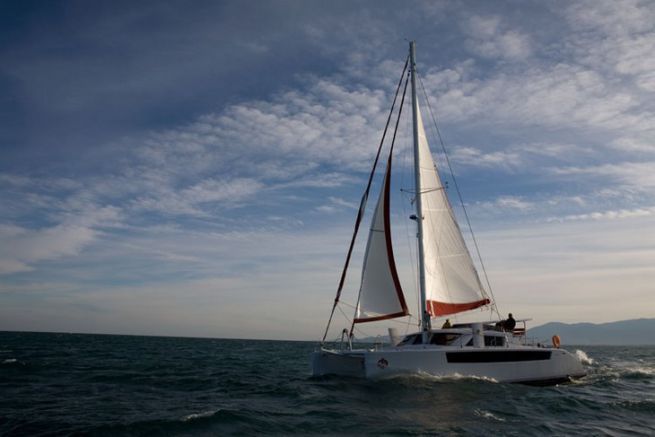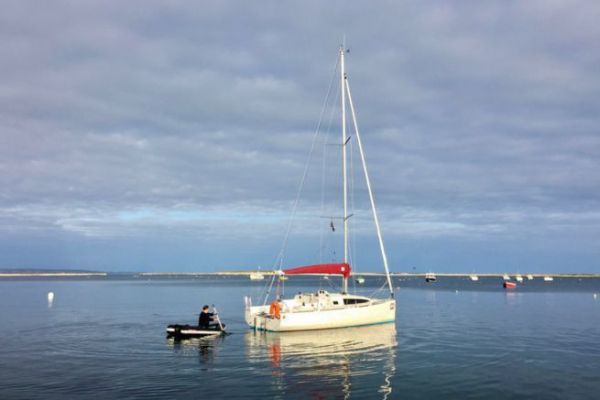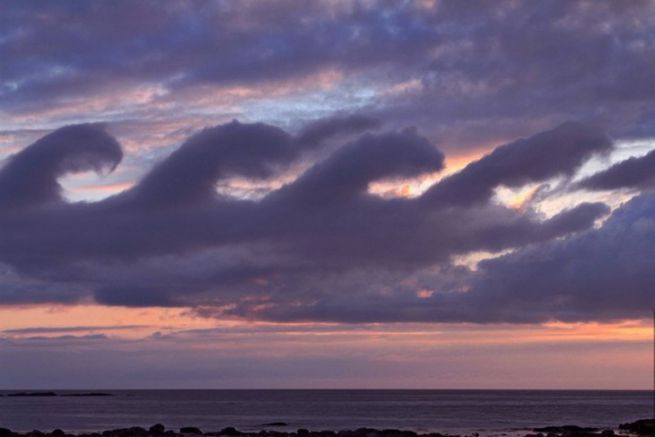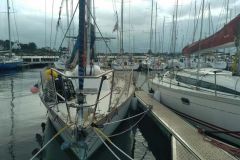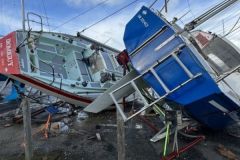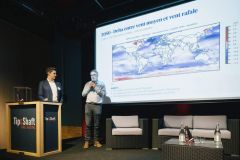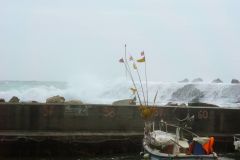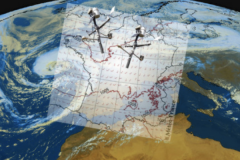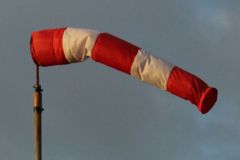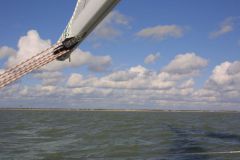There are ten main types of clouds that are defined according to where they form in the sky and how they look. No additional genera have been added to the new edition of the International Cloud Atlas.
The ten genera are subdivided into'species', which describe the shape and internal structure, and'varieties', which describe the transparency of clouds and the arrangement of their elements. In all, there are about a hundred combinations.
The Volutus

The International Cloud Atlas includes a new species: the volutus or rolled cloud (from the Latin"rolled"), which forms within the genera altocumulus and stratocumulus. The volutus is a cloud mass in the form of a long horizontal tube, usually from the lower level, which often seems to wrap around a horizontal axis.
Five new features have been added.
Asperitas
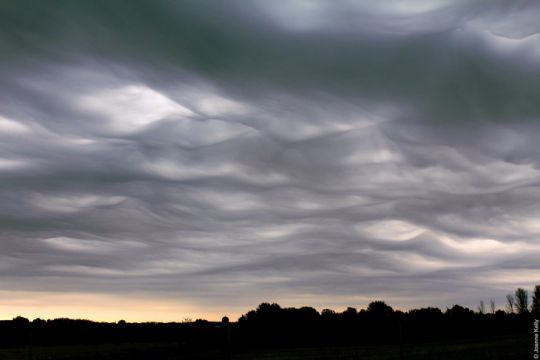
The best known of these characteristics is asperitas (from the Latin"aspérité"). Photos of this spectacular cloud formation similar to the inverted surface of a stormy sea have caused much ink to flow around the world. An association created for cloud lovers, the Cloud Appreciation Society has campaigned for a new category to be created for this type of cloud.
"Asperitas was identified, for the first time, thanks to citizen science and with the help of modern technologies. When members of the Cloud Appreciation Society send us spectacular photos of the sky from around the world, we can see recurrent characteristics emerge. Thus the idea of a new category was born and we are delighted that WMO has chosen to include it in the final version of this reference work for cloud classification" said Gavin Pretor-Pinney, founder of the Cloud Appreciation Society.
The Cavum
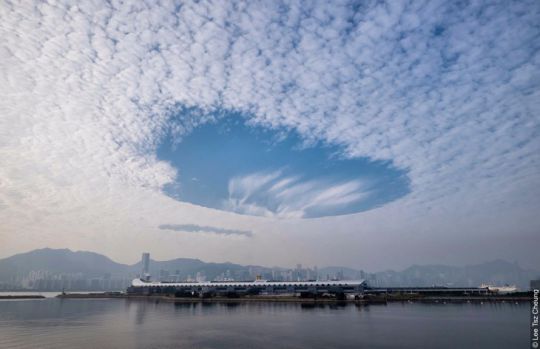
The Cauda (appendix cloud)
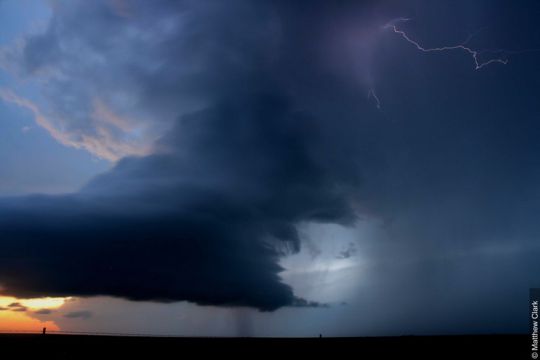
The Fluctus (or Kelvin-Helmholz wave)

Murus (cloud-wall)
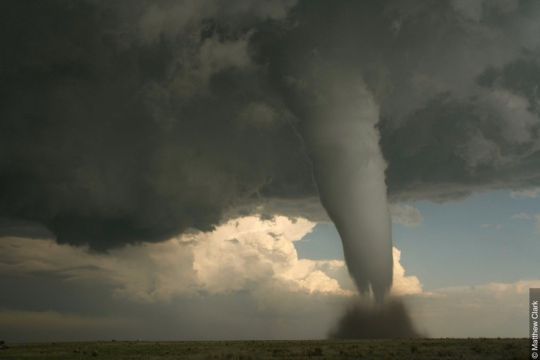
The Flumen
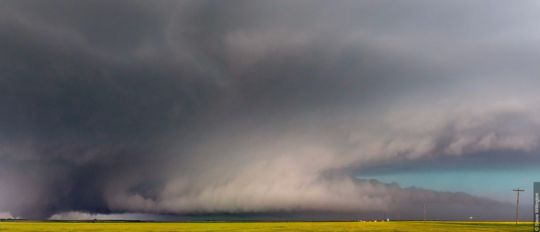
A new side cloud, flumen, has also been included. Commonly referred to as the"beaver tail", it is associated with high-intensity convection storms forming supercells.
The International Cloud Atlas also presents five new"special clouds."
The cataractagenitus

The flammagenitus
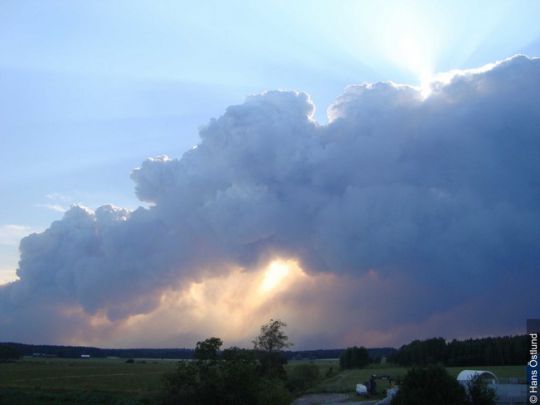
Homogenitus

Silvagenitus

Homomutatus
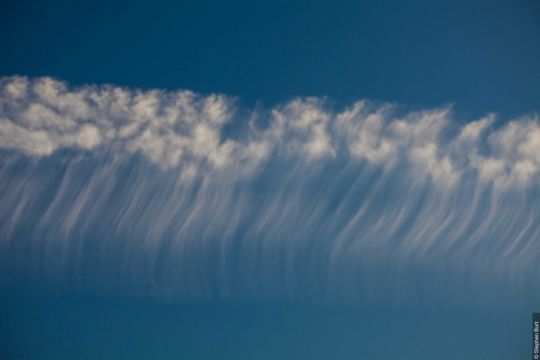
The suffix"genitus" indicates that local factors have caused a cloud to form or develop, whereas"mutatus" is added when these factors have caused a cloud to mutate from one form to another. These special clouds are influenced by cataracts, localized heat pockets due to uncontrolled fires, air saturation over forests and humans. The condensation trails in the sky at the rear of aircraft are an example of a"homogenitus" cloud.
